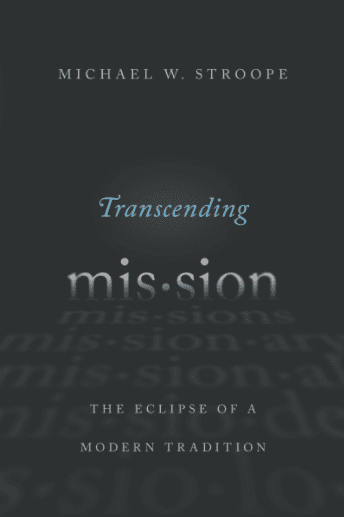 Here is a fact: the median church size in America is now at 108 (down from 140). Churches are shrinking, the Nones are rising. So, James Emery White asks in his book The Rise of the Nones: Understanding and Reaching the Religiously Unaffiliated, how do we close the gap between churches shrinking and the Nones rising? Maybe we should his question: What’s the problem?
Here is a fact: the median church size in America is now at 108 (down from 140). Churches are shrinking, the Nones are rising. So, James Emery White asks in his book The Rise of the Nones: Understanding and Reaching the Religiously Unaffiliated, how do we close the gap between churches shrinking and the Nones rising? Maybe we should his question: What’s the problem?
His answer? “Seemingly long-term insiders. Countless leaders and members of churches have given in to a Christian consumerism” (83). They want growth but won’t do anything about it. There are four kinds of church growth: biological (have more babies), transfers, prodigal (when those who have wandered come back to church), and conversion growth. For the Nones and church shrinkage gap to close more churches will need to concentrate more on conversion growth. Check that: evangelism. Telling others about Jesus, telling the Nones about Jesus.
How many conversion numbers has your church had in the last year?
The problem is consumerism: people want the church to satisfy their desires instead of the mission of God.
The solution is not “if we build it they will come” — it is not if you have the right dress, music, coffee — the whole seeker church approach — times have changed. The Nones will have nothing to do with this. This assumes people want what churches have to offer, but what if they don’t?
Most evangelism models are based on Christendom — a culture in which most people embrace at some level the values and even beliefs (in general) of the church. Not so the Nones. On a scale from 1 to 10, the Christendom model started with people at 7 or 8, while the Nones might be at 3.
So it is time to rethink evangelism. It’s a process and an event. White sketches a model of different approaches to the Nones, and this is worthy of some discussion, but I’ll ask a question: Where is your church on this scale?
1. None hostile.
2. None indifferent.
3. None hopeful.
4. None sensitive.
5. None targeted.
6. No Man’s Land: “not being targeted enough to reach the unchurched, but being too targeted to the unchurched for the churched” (95). They’re connected but not evangelistic.
So, what kind of models will minister to the Nones? The older model is direct proclamation (think Billy Graham); a recent model is community; the most recent model is cause (social justice causes). Here is his model then:
1950s-80s: unchurched –> Christ –> community –> cause
1990-2000s: unchurched –> community –> Christ –> cause
2010s: Nones –> causes –> community –> Christ.
This is a bit of a belong before believe approach.











